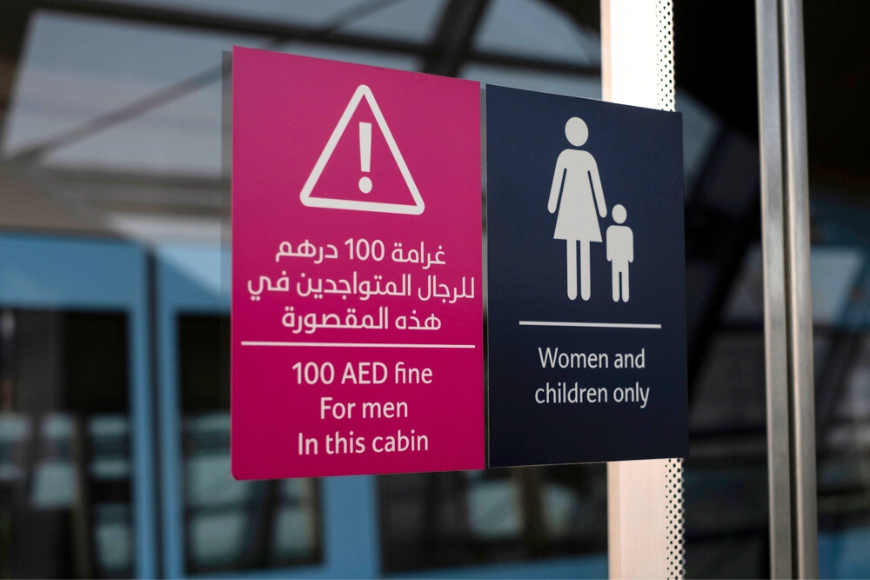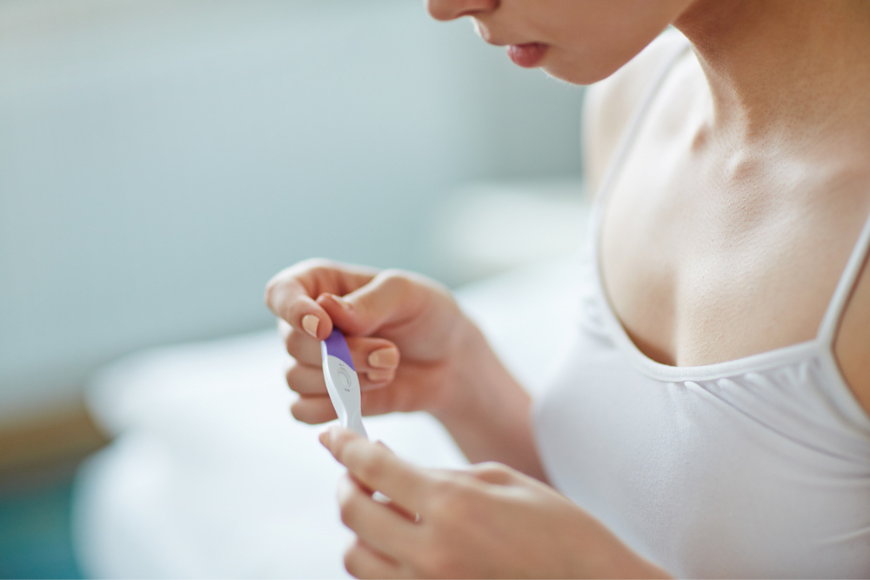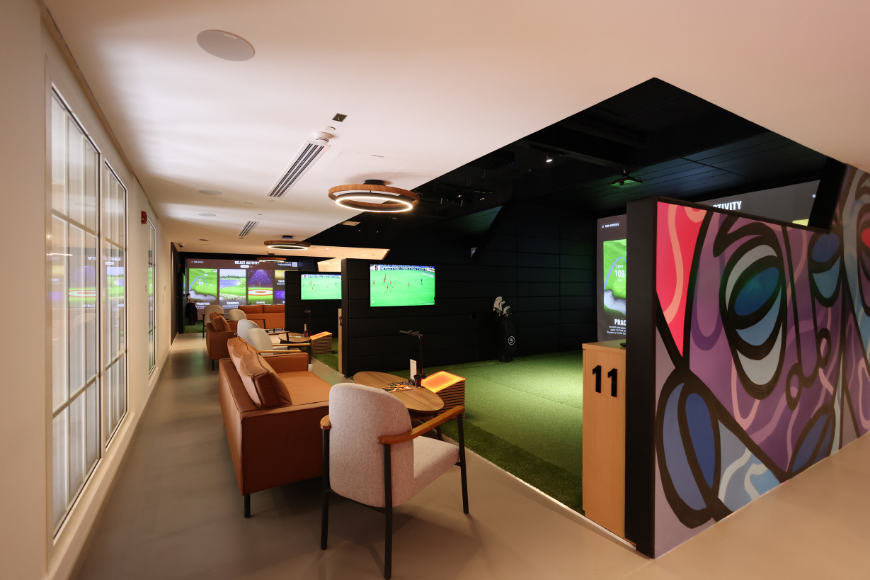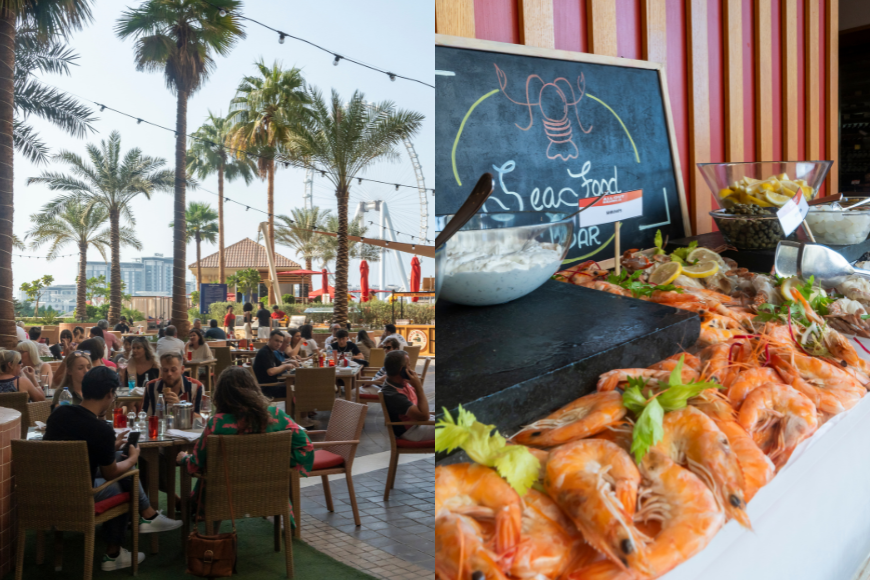Got questions about the Emirates Mars Mission? We've got all you need to know about the Hope Probe's orbital entry into the Red Planet.
7 February 2021
| Last updated on 11 February 2021
Updated: February 10, 2021
Did you know that the birth of the UAE is tied to Mars?
In fact, the nation's Independence Day, which took place on December 2nd, 1971, was the very same day that the space probe Mars 3 landed successfully on the Red Planet and began signaling from its surface. It was humanity's first-ever creation that landed on Mars.
50 years later in 2021, the first Emirati spaceship successfully entered Mars’ orbit, making history on February 9 with the arrival of the Emirati-made spacecraft, Hope, to Mars.
But what does the UAE's Mars mission involve? Why did the mission have a 50 per cent chance of success? What is going to happen after? You must have a lot of questions. To help catch you up with the Emirates Mars Mission, we've compiled a handy guide.
Its Emirati-engineered spacecraft, Hope Probe, is tasked to provide the first-ever complete picture of the Martian atmosphere. Three state-of-the-art science instruments have been designed to study the different aspects of Mars' atmosphere.
The Hope Probe was launched from Tanegashima, Japan, on July 19, 2020. The probe reached Mars' orbit on February 9, 2021.
It's a mission seven years in the making, with only five other international space probes able to successfully rendezvous with the Red Planet so far. It's the culmination of the UAE's and the Arab world's ingenuity and achievement.
What is the Mars Orbital Insertion (MOI)?
The Hope Probe, which was expected to enter Mars' gravity on Tuesday night, was the most challenging part of the EMM's project — this is the "Mars Orbital Insertion". Too fast or too slow, and the spacecraft would have crashed on the planet, or miss its orbit and get lost in space.

All commands to Hope Probe have been pre-programmed, so there is no live command with the ground crew at The Mohammed Bin Rashid Space Centre (MBRSC).
Upon its successful entry, the probe can now continue its main mission.
The UAE is the fifth country in the world to reach Mars' orbit, after the US, Russia, China, Europe, and India.
What was the mission's success rate?
The probe had a 50 percent chance of success. This was because of the complex maneuvering required to navigate the UAE probe from high-speed space travel into Mars' gravity.
Next - human life on Mars?
And while the prospect of adding human life on Mars is still relatively far off, the UAE launched the MBR Space Settlement Challenge to develop solutions for the various challenges surrounding living on the Red Planet.
The UAE aims to establish the first inhabitable human settlement in Mars by the year 2117.




.png?itok=HBSyMDok)









































































.png)


























.png?itok=0fOAXkOm)

























.png?itok=EH_x0Pha)
